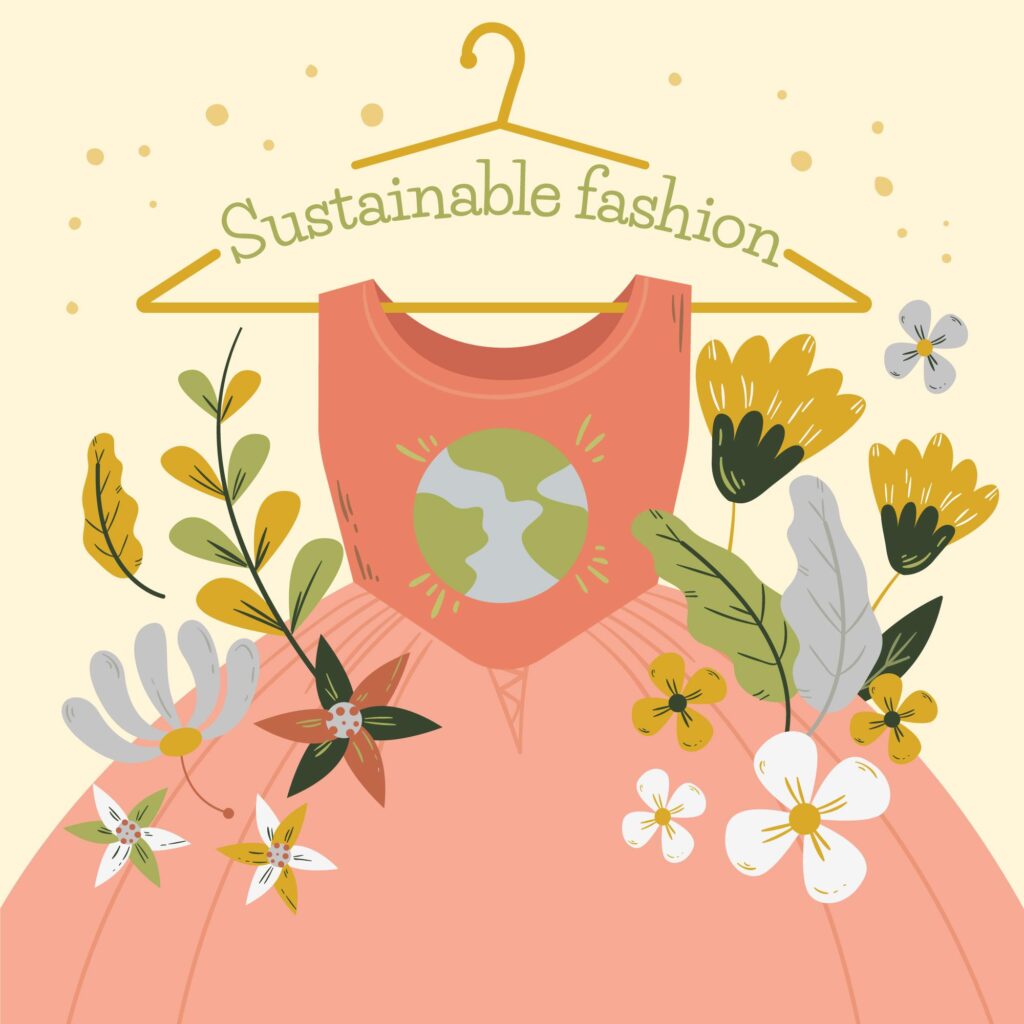
Table of Contents
- 1 Key Takeaways
- 2 The Rising Demand for Sustainable Apparel
- 3 Innovations in Recycled Materials
- 4 The Impact of Consumer Awareness
- 5 Upcoming Fashion Trends in Sustainability
- 6 Real-World Examples of Sustainable Apparel
- 7 Technological Advancements in Fabric Production
- 8 Global Initiatives Encouraging Sustainability
- 9 Final Thoughts
Key Takeaways
- Sustainable apparel is gaining momentum due to increased environmental awareness.
- Innovations in recycled materials, such as Coolmax® EcoMade, are leading the charge.
- Consumer demand for eco-friendly clothing is influencing industry trends.
- Advanced technologies are making recycled fabrics more functional and versatile.
The Rising Demand for Sustainable Apparel
Consumers pay closer attention to products’ sustainability as environmental concerns reach critical levels. It is particularly evident in the fashion industry, where there’s a growing demand for eco-friendly fabrics. Brands increasingly focus on incorporating environmentally friendly practices to cater to this demand.
Modern consumers are not just looking for style and comfort; they want to ensure their fashion choices are not harming the planet. This change has stimulated brand innovation and the use of eco-friendly technology, resulting in a notable increase in the consumption of sustainable garments. The emphasis on green practices is a fleeting trend and a movement gaining formidable strength. This movement has propelled companies to rethink and revamp their manufacturing processes, from sourcing raw materials to the end product, ensuring every step aligns with sustainability goals.
Innovations in Recycled Materials
The fashion industry has seen a surge in innovations to create sustainable materials. Technologies like Coolmax® EcoMade are perfect examples of how recycled materials are repurposed to produce high-performance fabrics. These eco-friendly innovations offer enhanced functionality, making them suitable for various applications. Their versatility allows them to be used in different clothing categories, from everyday wear to specialized sportswear.
Such materials are designed to provide moisture-wicking properties, making them ideal for activewear. These fabrics are engineered to be durable, breathable, and comfortable, catering to the needs of a demanding market. Integrating recycled materials into mainstream fashion is a promising step toward achieving sustainability. Furthermore, brands adopting these materials receive positive recognition, bolster their market reputation, and support the broader movement toward environmental responsibility.
The Impact of Consumer Awareness
Consumer awareness is a driving force behind the shift towards sustainable fashion. With more information readily available, people are more knowledgeable about the impacts of their purchasing decisions. As a result of this more excellent knowledge, demand for sustainable clothing has surged, putting pressure on manufacturers to change. This change results from social media and internet platforms, which let users advocate for more environmentally friendly solutions and exchange knowledge.
These days, customers actively seek businesses that share their values and prefer those that support sustainability. The power of choice has never been more impactful, with consumers influencing industry practices through their spending habits. Companies that must adjust to this change risk losing significant clientele as investors look for brands that practice environmental responsibility.
Upcoming Fashion Trends in Sustainability
Given the number of trends pointing to a move toward more environmentally friendly methods, the future of sustainable fashion is bright. One key trend is using recycled and organic materials, which reduce waste and lower the carbon footprint of apparel production. Additionally, brands are exploring circular fashion models, promoting the reuse and recycling of clothes to extend their lifecycle.
Technologies like blockchain are also being used to ensure transparency in the supply chain, providing consumers with more information about the origins and sustainability of their clothing options. These advancements are pivotal in driving the industry toward a sustainable future. Moreover, new materials such as lab-grown fabrics and biodegradable fibers are on the horizon, promising further innovations that could revolutionize the industry. These trends indicate a concerted effort to sustainably address every facet of apparel production.
Real-World Examples of Sustainable Apparel
Several brands have successfully integrated sustainable practices into their production processes. These brands serve as benchmarks for others looking to adopt similar practices.
These brands have proved that creating high-quality, fashionable clothing is possible without compromising sustainability. Their efforts are not just a marketing gimmick but a genuine attempt to make a positive difference. By setting an example, these companies are paving the way for a more sustainable future in fashion, encouraging others to follow suit and demonstrating that profitability and sustainability can go hand in hand.
Technological Advancements in Fabric Production
Technological advancements are central to the development of sustainable fabrics. Technology is crucial in making sustainable fashion viable, from recycling methods to creating biodegradable materials. For example, using thermomechanical processes in recycling fibers has significantly improved the quality of recycled fabrics, making them more durable and versatile.
Nanotechnology is also being explored to create fabrics that are not only sustainable but also offer added functionalities such as UV protection, water repellence, and anti-microbial properties. These innovations are setting new standards for sustainable apparel. The combination of technology and sustainability is driving a revolutionary change in how fabrics are produced and used, making eco-friendly options more accessible and attractive for manufacturers and consumers.
Global Initiatives Encouraging Sustainability
Many global initiatives are actively promoting sustainability in the fashion industry. Programs like the Global Fashion Agenda are working towards setting standards and providing guidelines for sustainable practices. These initiatives are essential in creating a unified approach to sustainability, encouraging brands worldwide to adopt eco-friendly practices.
Collaborations between governments, businesses, and non-profit organizations also effectively drive systemic change. These multi-stakeholder approaches ensure that sustainability efforts are comprehensive and impactful. By participating in these global initiatives, fashion brands and stakeholders can share best practices, learn from one another, and collectively push the industry toward a more sustainable future.
Final Thoughts
Sustainability in fashion is more than a trend; it’s a necessary evolution. With innovations in recycled materials, increased consumer awareness, and global initiatives pushing for change, the industry is on a promising path toward a more sustainable future. These efforts mitigate environmental impacts and promote a more responsible fashion production and consumption approach.
The journey towards sustainability involves continuous improvement and adaptation. Brands will need to stay alert and creative to ensure that their operations meet the environmental demands of the contemporary market, as customers will continue to demand more eco-friendly solutions. Ultimately, the collective effort of consumers, brands, and global initiatives will drive the fashion industry toward a more sustainable and responsible future.
